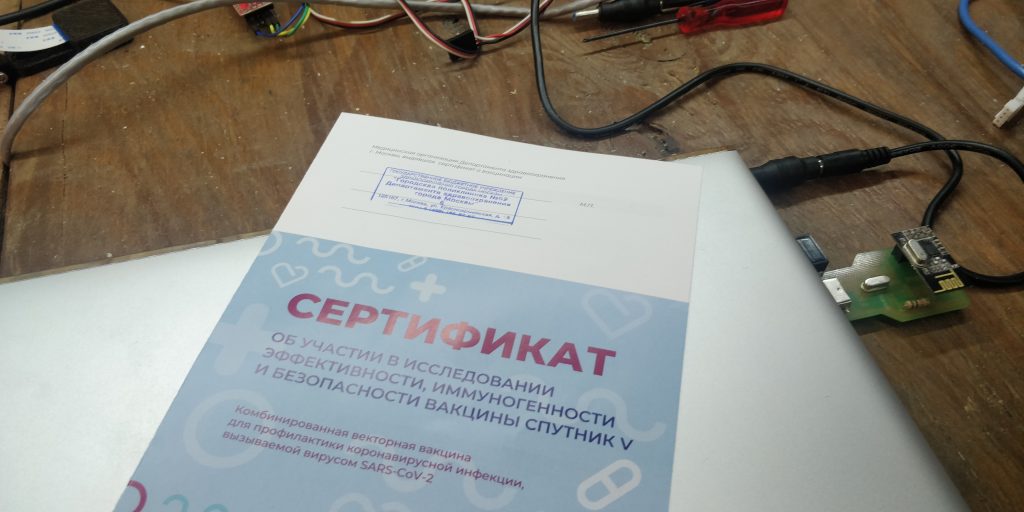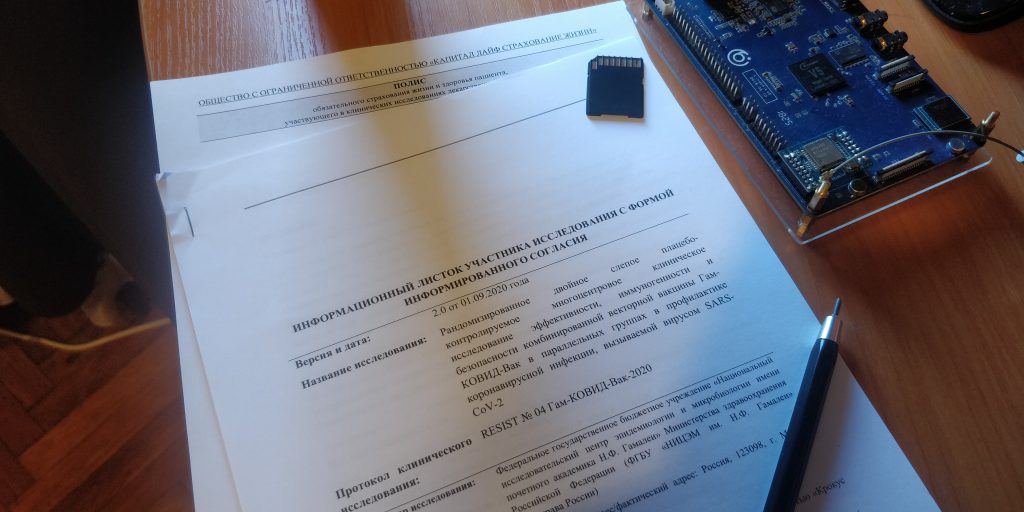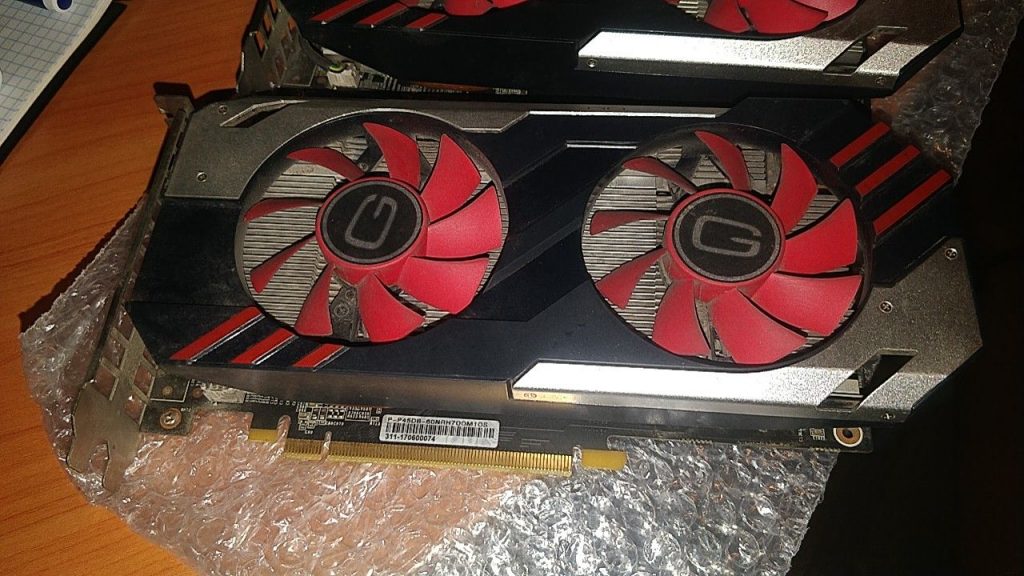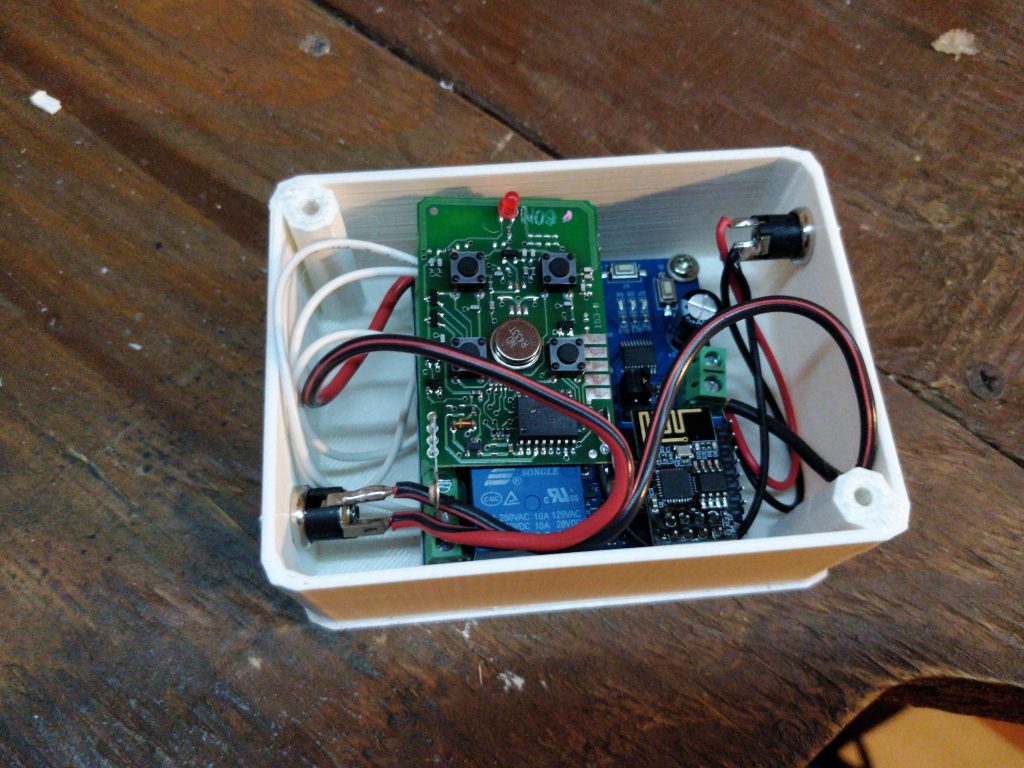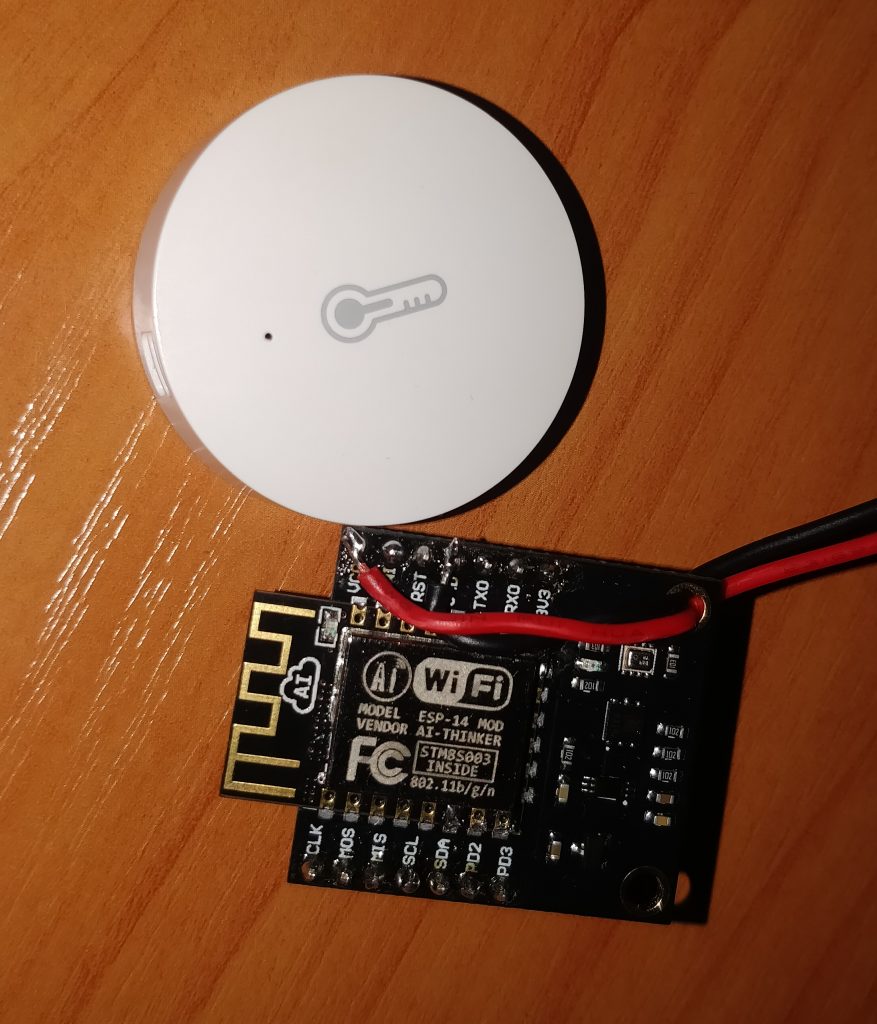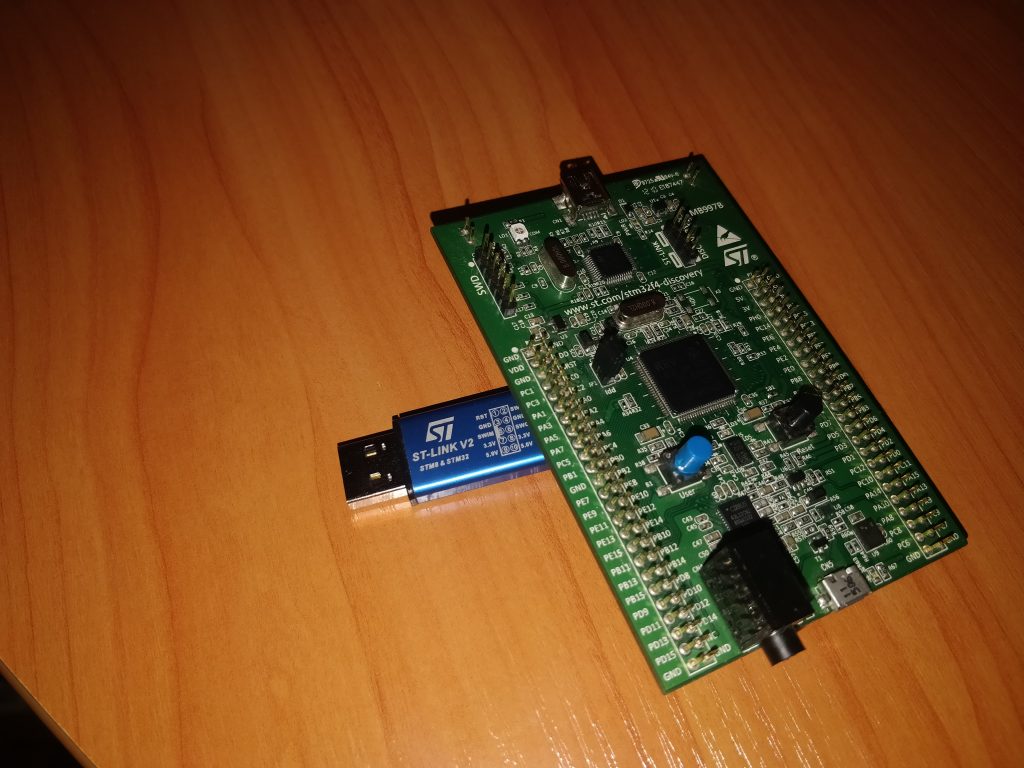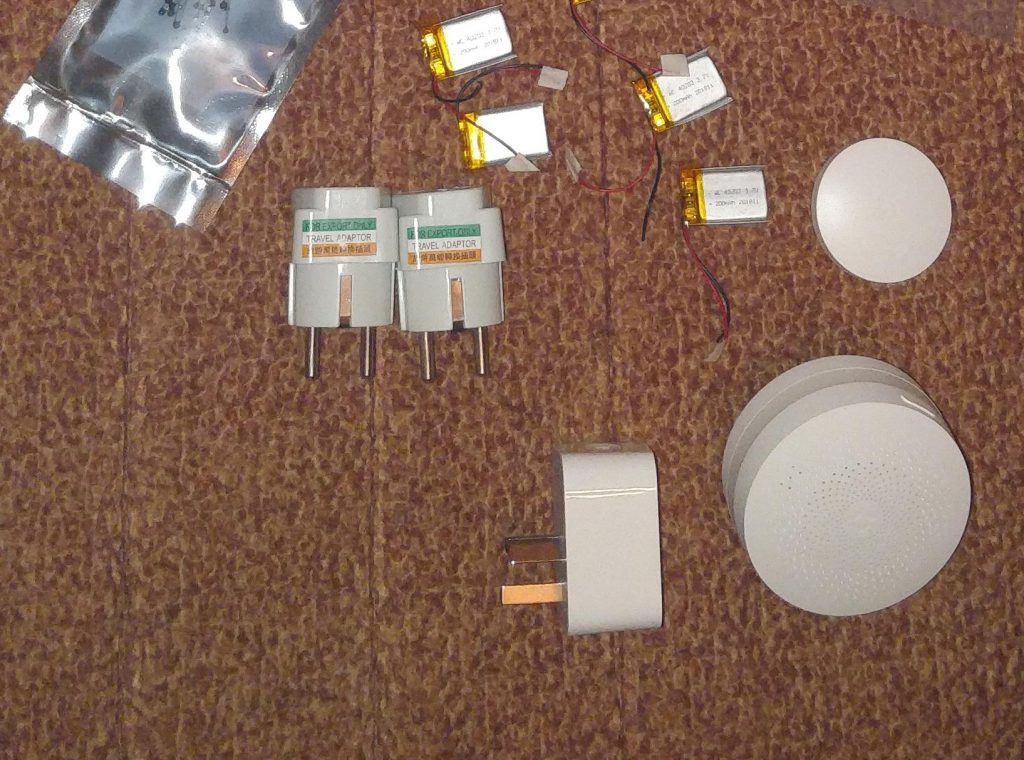Frequent calls from telemarketers, spam and espionage – these are the main reasons I try to use the loyalty cards and other stuff, and if I have to – tend to have a long chat about how much I do NOT want to receive any calls/messages or ‘super special deals’. However, it doesn’t stop many telephone spammers. I have to admit, I understand how miserable wok in such a call center might be, when nine out of ten people you call tend to explode and shout on you. However, there’s always a chance the call would be so inconvenient, that it will make you go nuts.
Anyways, I decided to deal with those folks using some of my dark tech magic. If successful, the plan would not only ward off any spam, but also give me an everlasting supply of pure fun. I made an IVR for all the incoming calls and put it on a dedicated number I now began to willingly share. If you want to learn the details of setting up your very own Asterisk/FreePBX server that will handle GSM calls for you with some advanced features, this post has all the details.
Continue reading “Getting rid of telemarketing, Pt. 1” →
